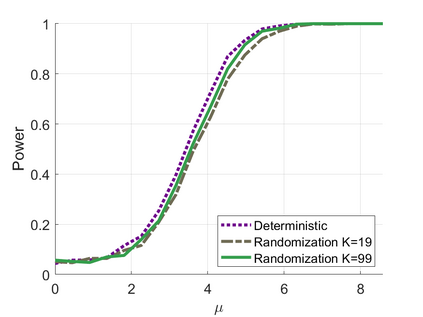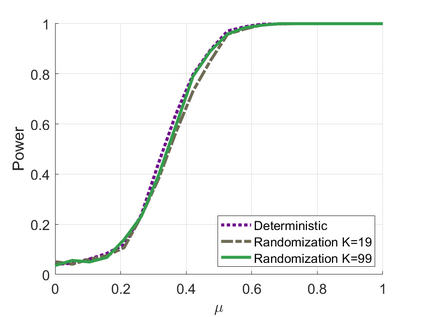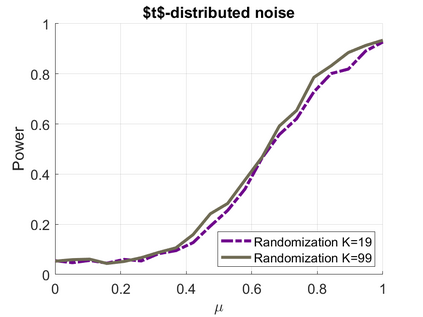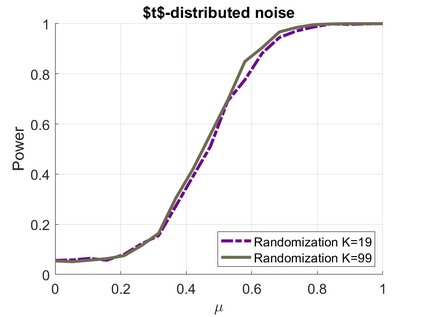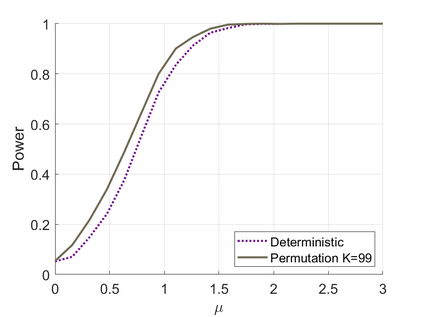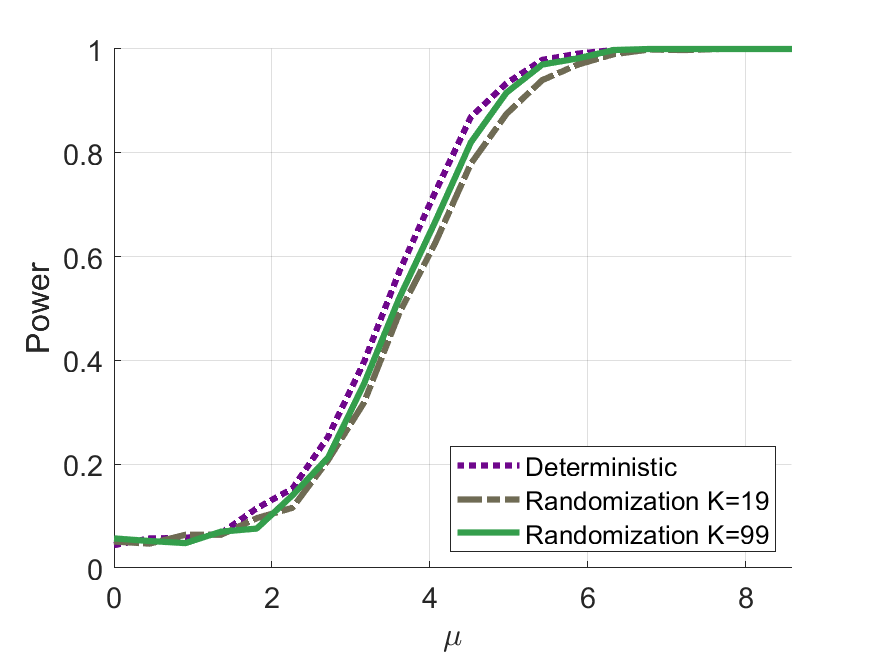Invariance-based randomization tests -- such as permutation tests, rotation tests, or sign changes -- are an important and widely used class of statistical methods. They allow drawing inferences under weak assumptions on the data distribution. Most work focuses on their type I error control properties, while their consistency properties are much less understood. We develop a general framework and a set of results on the consistency of invariance-based randomization tests in signal-plus-noise models. Our framework is grounded in the deep mathematical area of representation theory. We allow the transforms to be general compact topological groups, such as rotation groups, acting by general linear group representations. We study test statistics with a generalized sub-additivity property. We apply our framework to a number of fundamental and highly important problems in statistics, including sparse vector detection, testing for low-rank matrices in noise, sparse detection in linear regression, and two-sample testing. Comparing with minimax lower bounds, we find perhaps surprisingly that in some cases, randomization tests detect signals at the minimax optimal rate.
翻译:基于变化的随机测试 -- -- 例如变异测试、旋转测试或符号变化 -- -- 是一个重要的和广泛使用的统计方法类别。它们允许在数据分布的薄弱假设下进行推论。大多数工作侧重于其类型I错误控制属性,而其一致性特性则远不为人所理解。我们在信号加噪音模型中开发了一个通用框架和一套基于变化的随机测试一致性结果。我们的框架以深数学代表性理论为基础。我们允许变异为一般的紧凑表层组,例如轮用组,以一般线性组表示为代表。我们用一种普遍的子相加属性来测试统计数据。我们把框架应用于统计方面的一些根本性和非常重要的问题,包括稀有的矢量检测、测试噪音中的低位矩阵、线性回归中的稀疏检测以及两层模类测试。与微负值较低界限相比,我们发现在某些情形中,随机测试检测信号以微轴最佳速率进行,这或许令人惊讶。

